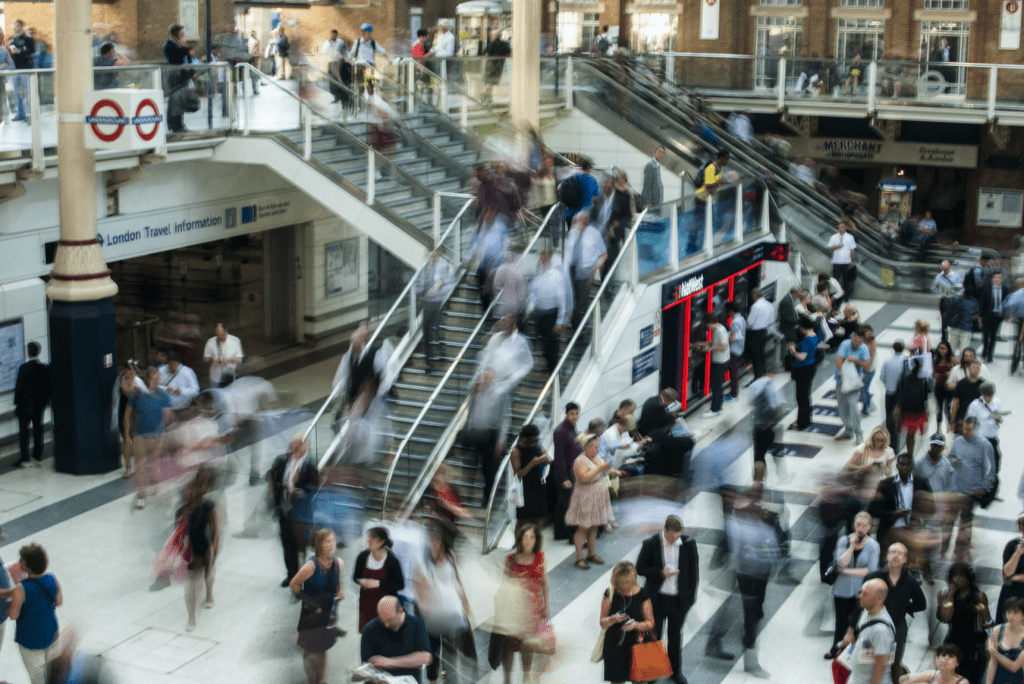
To predict what will happen tomorrow, this week, or in the next few months, you don’t need a magic wand. Visualizing the data that awaits us in the future is one of the advantages of predictive analytics.
Computer vision is one of the most valuable technologies for businesses due to its ability to monetize and accelerate different processes in different industries. Predictive analytics is one of the branches of Artificial Intelligence that is responsible for analyzing intelligent computing networks to recognize patterns and create predictive models through data mining and genetic programming.
The answer to most problems lies in the data. The accuracy of a calculation is what offers an accurate and safe answer to what needs to be solved or avoided in the future.
One of the sciences that makes the most calculations is statistics, which through data processing and subsequent analysis can make predictions of what is expected.
With predictive analytics, it becomes much simpler to avoid risks and achieve efficient results by implementing strategies that drive the business through data gathered in the past.
How does automatic video processing or computer vision work?
Sight is one of the most important senses through which all information is received. Algorithmic systems have been developed through technology that allows resembling its functionality to collect valuable information that leaves a record through data.
The resulting flow of massive amounts of data between the sensor and the video processing unit results in a high frame rate, pixel count, and data that routes all the information to a cloud-based system fast enough to process the information automatically and make decisions in real-time.
To mimic information processing by the efficient brain, visual artificial intelligence has been inspired by biological functioning to build a computer architecture that keeps the elements interconnected.
Artificial neural networks can learn from the environment by iteration, e.g., learn to classify something after being shown known examples (supervised learning) or recognize a characteristic structure of an object from input data without additional information (unsupervised learning). During learning, an algorithm repeatedly makes predictions and strengthens or weakens each synapse in the network until it reaches an optimal fit.
At Perspective, we work with real-time video. For this purpose, we have implemented a pipeline with all the necessary steps. From the camera, we collect and send the images to the AI server. We apply our trained models to the images and detect objects of interest such as specific products, bugs, people, or accidents.
Our algorithms analyze the situation and detect possible non-compliance or potential risks. From there we filter the necessary information for the client and send alerts to the Dashboard.
The entire process is optimized to run locally in real-time, as well as in the cloud.
We work with different types of cameras and can scale our automatic video processing from a single camera to multiple cameras in the same area or on different floors or buildings.
How does predictive analytics work?
Today, the technology is based on a series of advanced mathematical methods for optimization, regression, and classification and finds application in a wide variety of business fields driven by high-performance video processing or computing vision that open up an infinite new range of possibilities for application in industrial processes, medical diagnostics or fraud prevention.
In sectors as complex as Supply Chain, Retail, or even Construction, predictive analytics becomes a powerful weapon to detect situations that benefit the business by eliminating the uncertainty that can be experienced in the sector.
By analyzing historical data, we can anticipate events to make the right decisions for greater accuracy and effectiveness.
For example, imagine you work in the logistics sector controlling products in a large warehouse that receives products daily. Despite managing an ERP or SCM system that allows flexibility in business processes, incidents, returns, etc., problems with stock continue to appear, and controlling this type of problem becomes an issue that can take weeks to resolve.
Through predictive analytics it is possible to know what type of products will be trending in the coming months, to forecast incoming and outgoing orders from the warehouse, or to know by dates and times when the greatest amount of incoming and outgoing product flow is expected, and even to visualize the type of most in-demand products.
All these answers, which can take weeks of study, can be solved in microseconds through predictive analytics and even allow the generation of new business models based on visual artificial intelligence and computer vision.
At Perspectiv, we leverage the use of predictive analytics to estimate data that is unknown or uncertain and requires a tedious and unreliable manual process that ends up being much more costly and could lead to many errors.
We use statistical analysis techniques and machine learning algorithms to create predictive models that place a numerical value or score on the probability of a particular event occurring.
Our technology is based on advanced algorithms and methodologies for logistic regressions, time series analysis, and decision trees.


